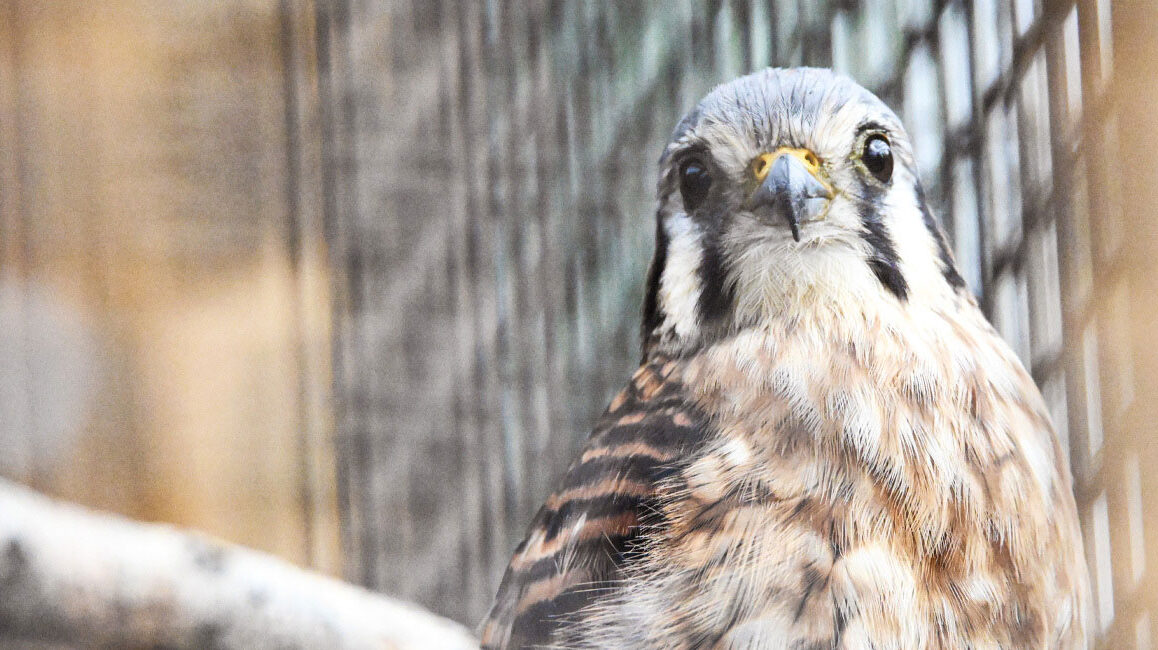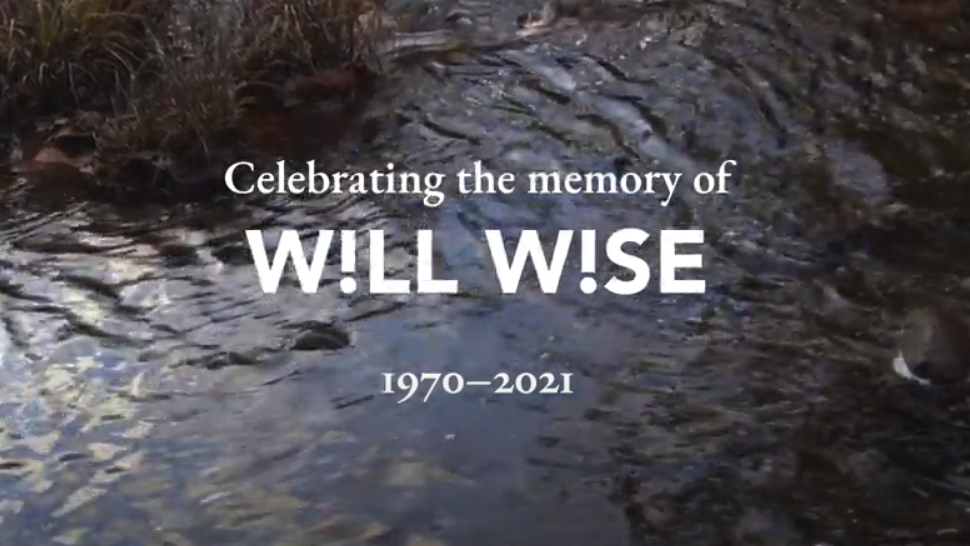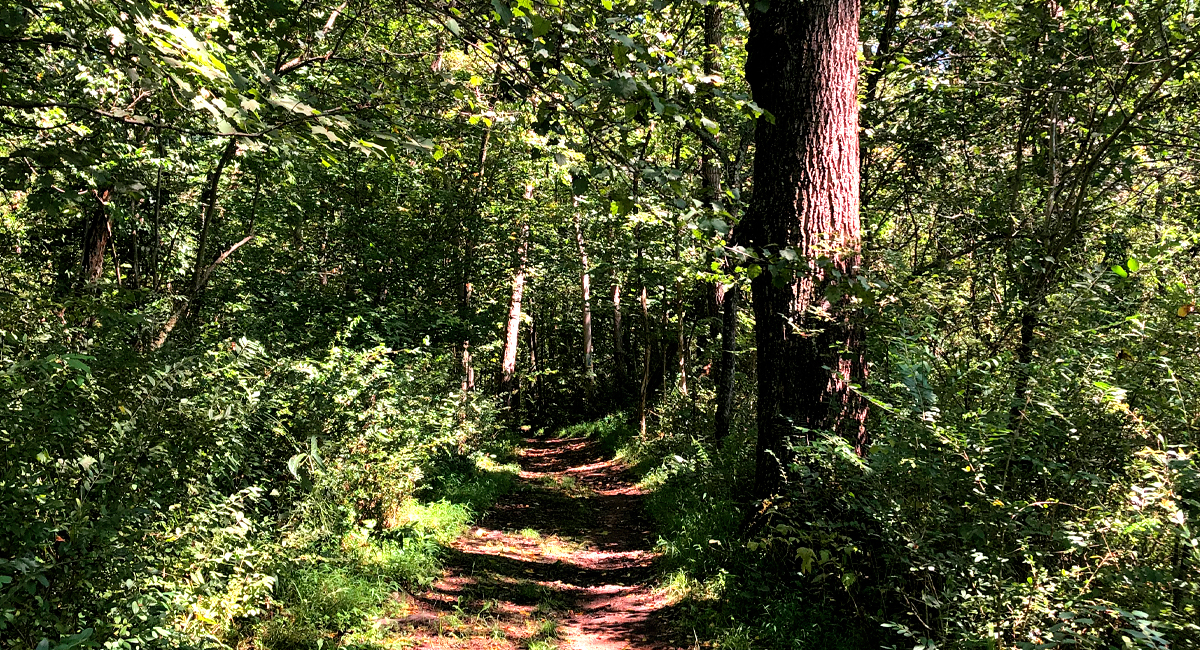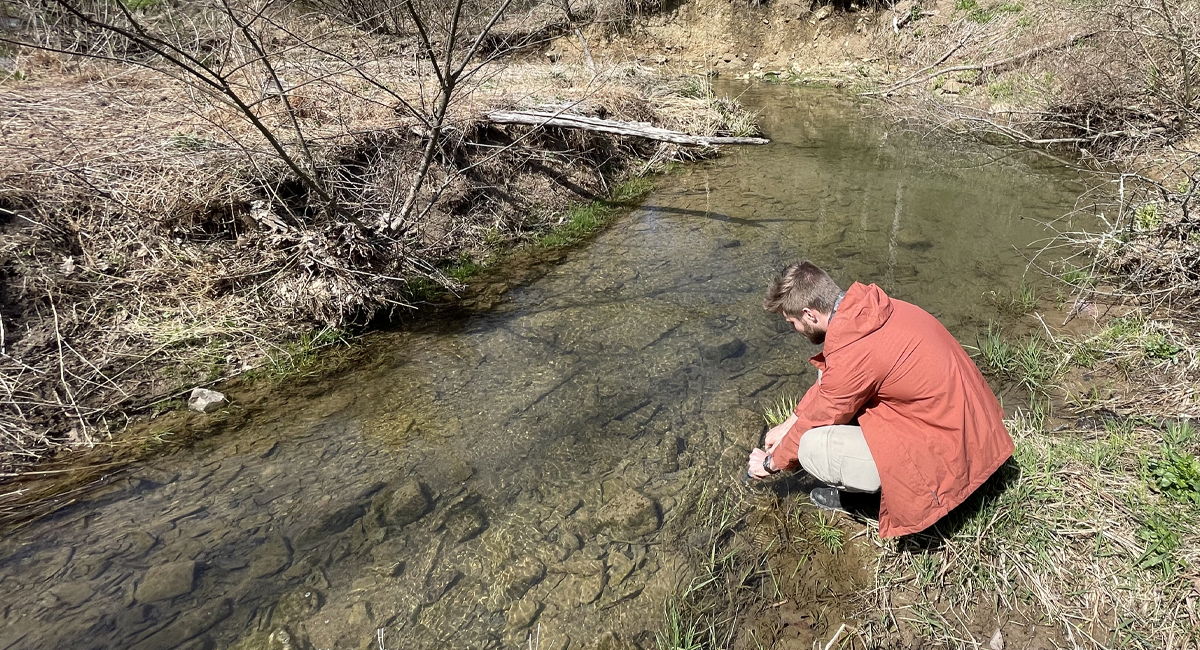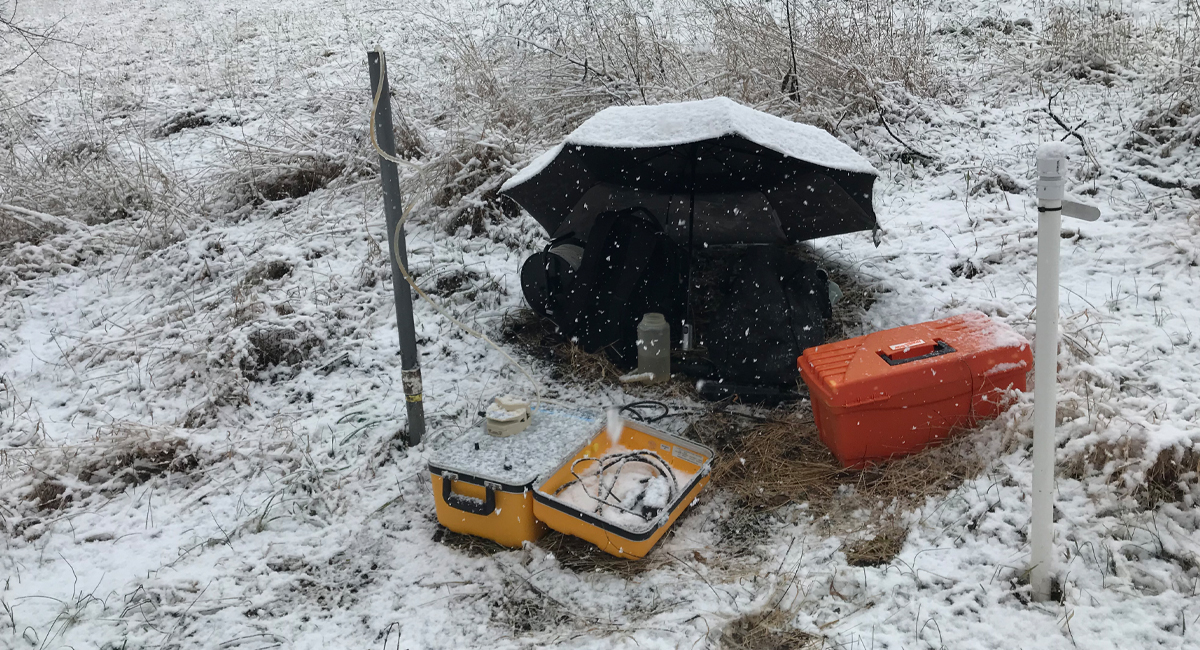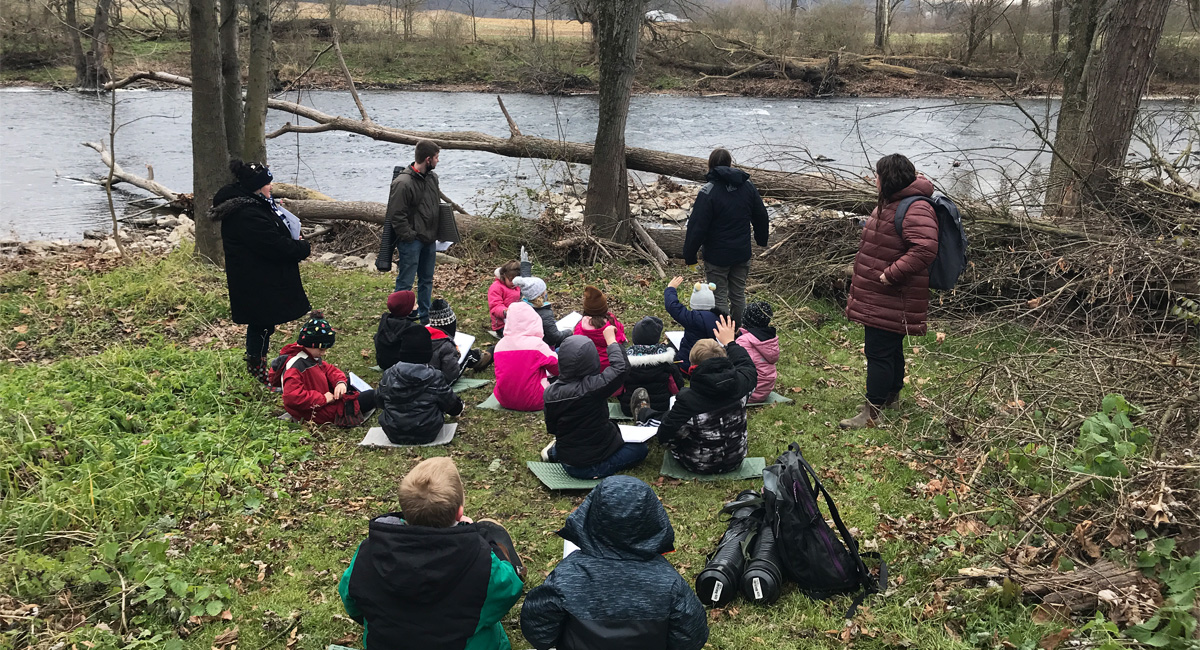
On a warm September day in 2021, a few short weeks after starting my position as an AmeriCorps outdoor educator, I found myself in the middle of the woods with a class of fourth graders on a field trip. I stood there as we were eating lunch, reflecting on how exactly this all happened.


